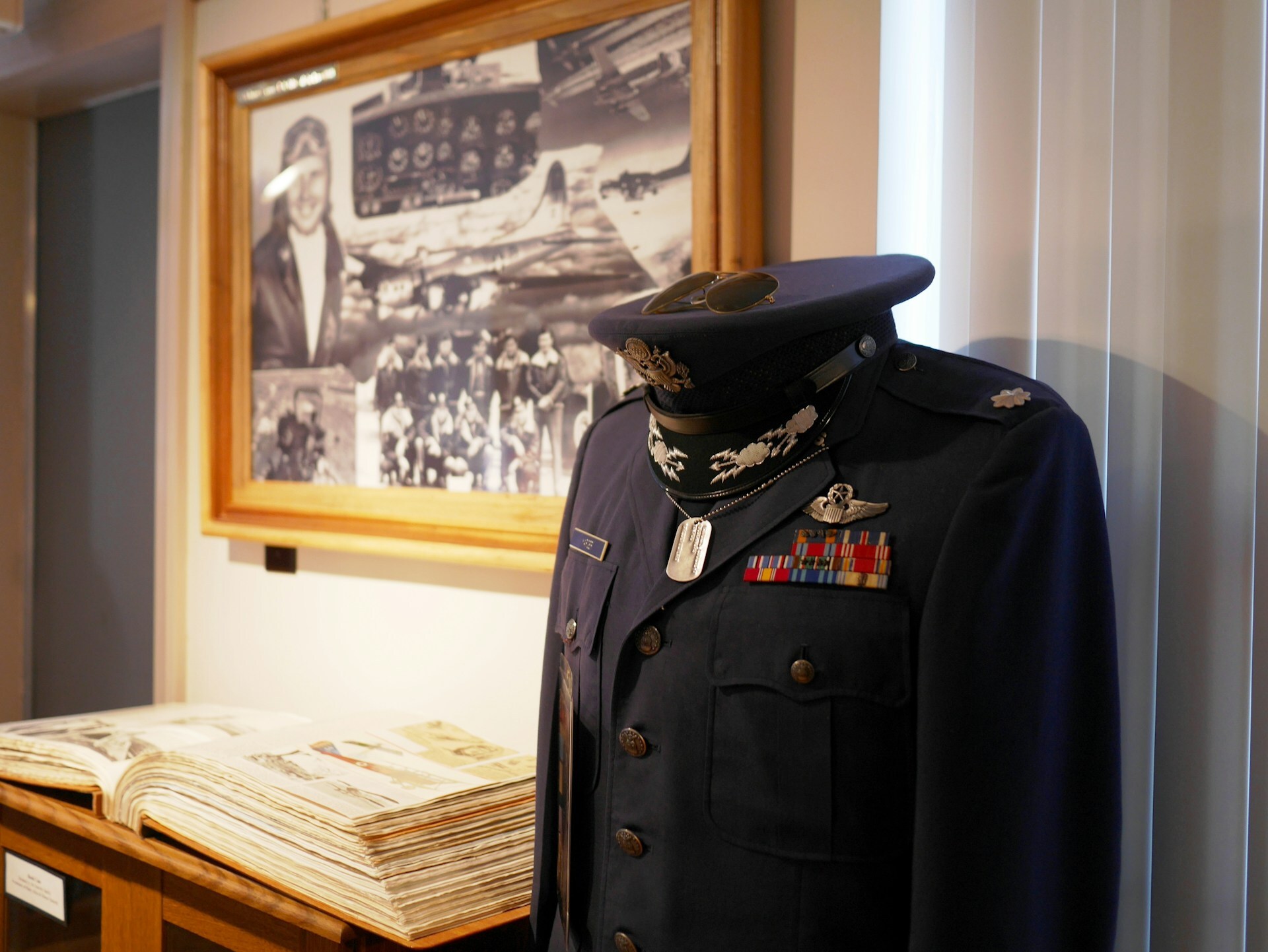The History of Military Dog Tags
Posted by Kevin Green on Jan 9th 2024
Military or not, most of us are familiar with military identification tags, more commonly known as military dog tags. They’re easily one of the most recognizable pieces of ID that soldiers wear – but have you ever wondered about their origins? Or better yet, why are they even called dog tags? Keep reading to learn about the history of military dog tags, what goes on military dog tags, and how they got their name.
What’s in a Name?
Before we examine the history of military dog tags, we’ll examine how they got their name. There are many rumors about why these identification tags are called dog tags. Some believe that the nickname came from World War II draftees, who allegedly claimed they were treated like dogs. Another rumor is that they got their name because the tags looked like the metal tags on dog collars.
However, according to the Army Historical Foundation, the name originates from newspaper magnate William Randolph Hearst, who founded it in 1936. When Hearst heard of President Franklin D. Roosevelt’s plan to issue ID nameplates to help manage the newly formed Social Security Administration, he referred to them as “dog tags.” Needless to say, the name stuck!
Identifying Fallen Soldiers
The unofficial history of military dog tags dates back to the American Civil War. Some battles in the war had casualties totaling in the thousands, increasing soldiers’ concerns that they wouldn’t be able to be identified if they fell on the battlefield.
To be buried in a marked grave and not be an “unknown,” they employed various identification methods. Some stitched their names into their uniforms. Some wrote their name and unit on paper and pinned them to their clothing, others used wood strung around their necks. Those with the means purchased engraved metal tags from vendors that followed armies during the war.
According to the US Defense Department, by the end of the Civil War, over 40% of the Union Army’s fallen soldiers were unidentified. It became clear that it was essential for soldiers to have some sort of identification.
History of Military Dog Tags: Making Them Official

The first official request for soldiers to be issued formal ID tags came in 1899, at the end of the Spanish-American War. Army Chaplain Charles C. Pierce, the official in charge of Army Morgue and Office Identification in the Philippines, advocated for soldiers to be issued circular identity disks in the standard combat field kit.
The change didn’t happen overnight. It wasn’t until 1906 that the Army required all soldiers to wear aluminum disc ID tags around their necks. Similar to what goes on military dog tags today, these tags were stamped with each soldier’s name, rank, and company, regiment or corps.
In 1916, a second tag was issued; one to remain with the body of a fallen soldier, and another for burial service record keeping. The following year, all combat troops were required to wear dog tags.
Evolution of Dog Tags
The history of military dog tags also includes their appearance, materials, and information printed on them. They became closer to what they are today during World War II. Previously, circular discs were made of brass, then a Monel metal (a nickel-copper alloy), and dog tags took the shape of a rounded rectangle and were made of stainless steel. These new tags were referred to as the M1940 Identification Tags. They were engraved with name, rank, service number, blood type, and religion (optional). Though the names and addresses of their next of kin were included, they were removed by the end of the war.
The History of the Military Dog Tag Notch
If you’ve ever seen dog tags from this era, you’ve likely noticed that they feature a notch at one end. A common misbelief is that the notch was placed so it could be placed in the soldier’s mouth for identification. However, this is untrue. There wasn’t any special reasoning behind this feature. Instead, these notches were there due to the type of machine that was used to stamp ID information. When they were replaced by other machines in the 1970s, the notches were eliminated.
Modern Dog Tags
By 1959, all military branches had adopted the dog tags used today, which is virtually the same as the M1940 ID tag – minus the notch. What goes on military dog tags? Today, dog tags are embossed with a soldier’s first and last name, Defense Department ID, military branch (only for the Marine Corps and Coast Guard), blood type, and religious preference.
Look at the history of military dog tags, and you’ll notice one slight difference: lack of Defense Department ID. That addition occurred in 2015 to safeguard soldiers’ identifiable information and protect against identity theft. In the previous 45 years, Social Security numbers were embossed on dog tags; earlier dog tags featured serial numbers.
History of Military Dog Tags to Today

Today, service members aren’t the only ones who wear dog tags. Thanks to their easy identification, custom tags are also worn by joggers and those with health issues or allergies. You may have even seen them worn as part of military costumes by children wearing kids' army accessories. What goes on these military dog tags? Excluding dog tags for costumes, they’ll generally include someone’s first and last name, any medical conditions or allergies they have, current medications, and their emergency contact information.
Although significant advancements in DNA have made identifying remains much easier, the tradition of wearing dog tags continues. Though the history of military dog tags primarily concerns identification, they’re so much more than that. Military dog tags are meaningful symbols that honor all those who serve, including those who have sacrificed for their country. Explore our selection of military dog tags to complete your collection or to have as a symbol that pays tribute to the service and sacrifice of our brave heroes. Shop now for a meaningful connection to military history and tradition.

